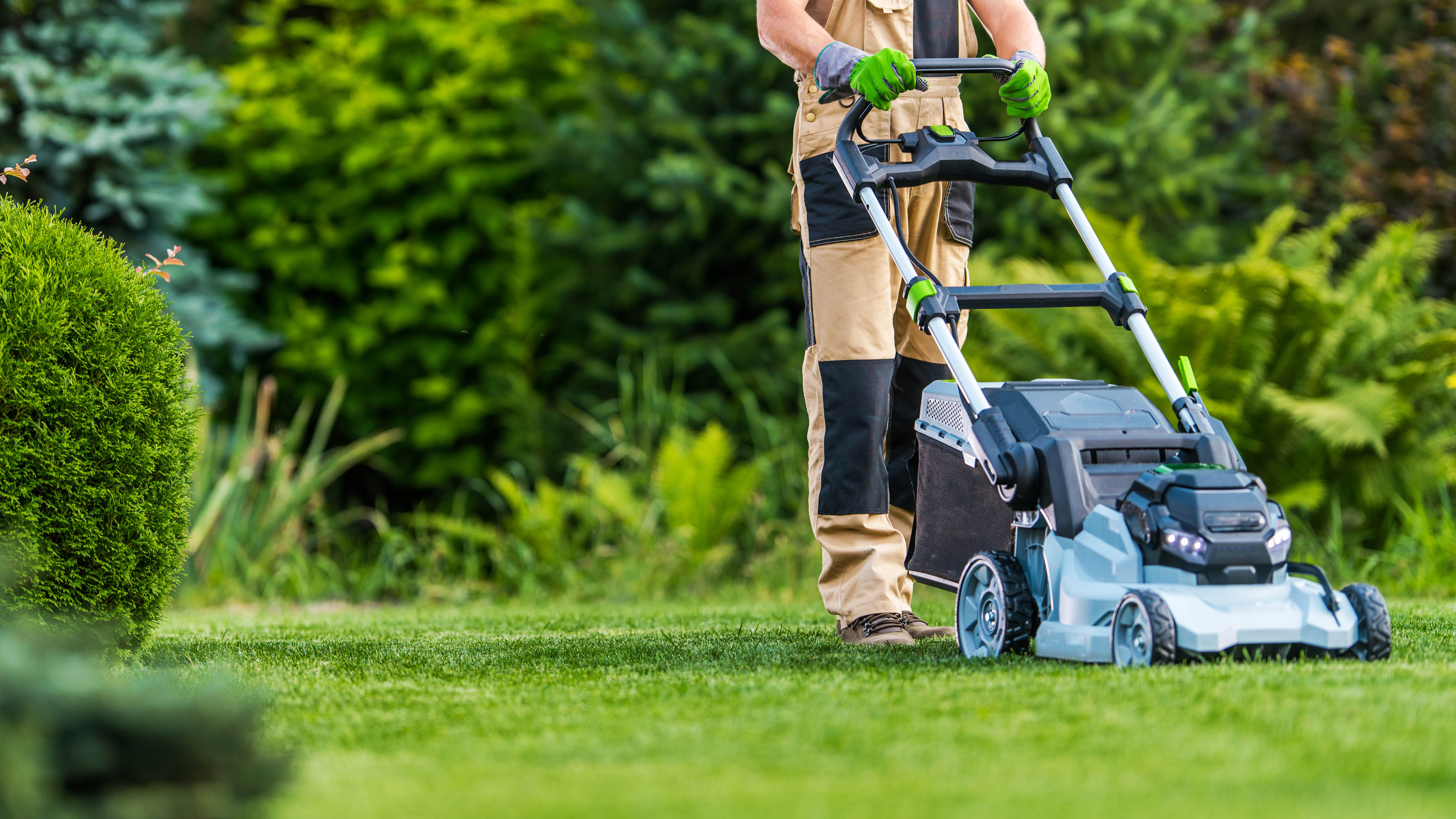
In a blink of an eye, spring will be here, and the ideal time to get outdoors and enjoy your backyard. And if your lawn has managed to beat the frost this winter, you’ll also need to know how and when to prepare your lawn for its first grass cut of the year.
Similar to knowing how often should you mow the lawn, you can’t just cut grass whenever you feel like it. There are various factors to consider, ranging from the weather conditions to grass type and the fertilizer you use. However, there is a general rule of thumb that experts advise as to when you should give your lawn its first haircut. In fact, this can make all the difference to the growth and quality of your lush lawn, and can help to make grass greener.
So before you dust off your lawn mower and sharpen its blade, it's important to know the right time for the first grass cut of the year.
When is the best time to give your lawn the first grass cut?
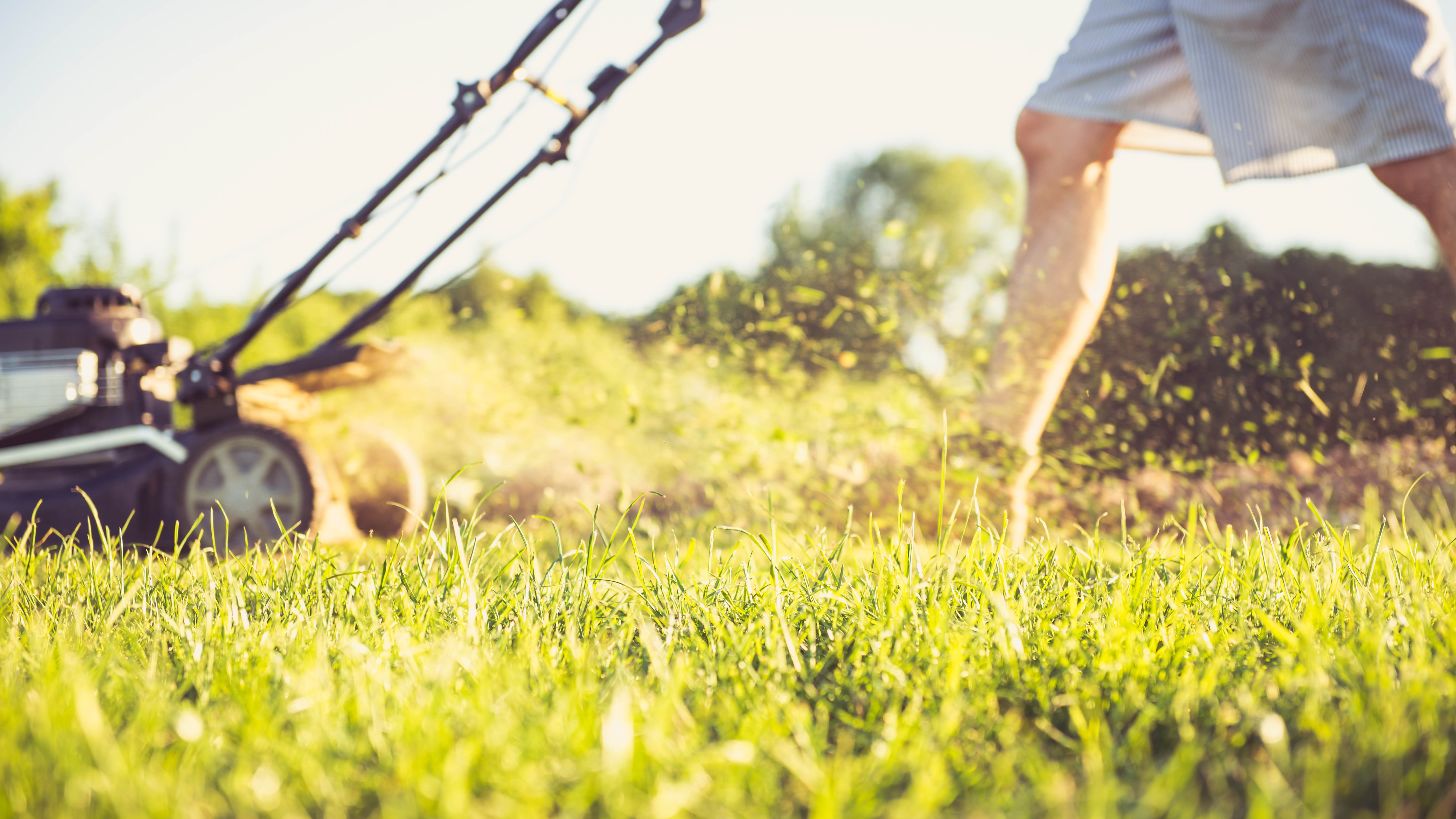
If you’re keen to make a note in your gardening calendar, early spring is the best time to first cut your lawn this year. Naturally, this will depend on where you live.
“Mid-March is normally the best time to perform the first grass cut of the year when temperatures are consistently hitting 50-53 degrees Fahrenheit,” says Bob MacIntyre, CEO at The Green Reaper. “Regional temperatures will vary, so wait until frosts have passed and the daily temperature is reaching these numbers."
In addition, experts advise to pay close attention to the current condition of your lawn first. If you notice new grass growth, it means the soil has adequately warmed up — meaning it has passed the stage of ground freeze. In southeastern states however, there is less risk of frost, but more wet weather to contend with. In which case, you’ll need to hold out until wet or damp grass completely dries out before mowing.
In the south, it’s more common to deal with weeds, which means you’ll also need to consider fertilizing in spring.
And if you want a non-toxic method to get rid of weeds, here’s how to kill weeds naturally without chemicals.
How short should I cut the grass?
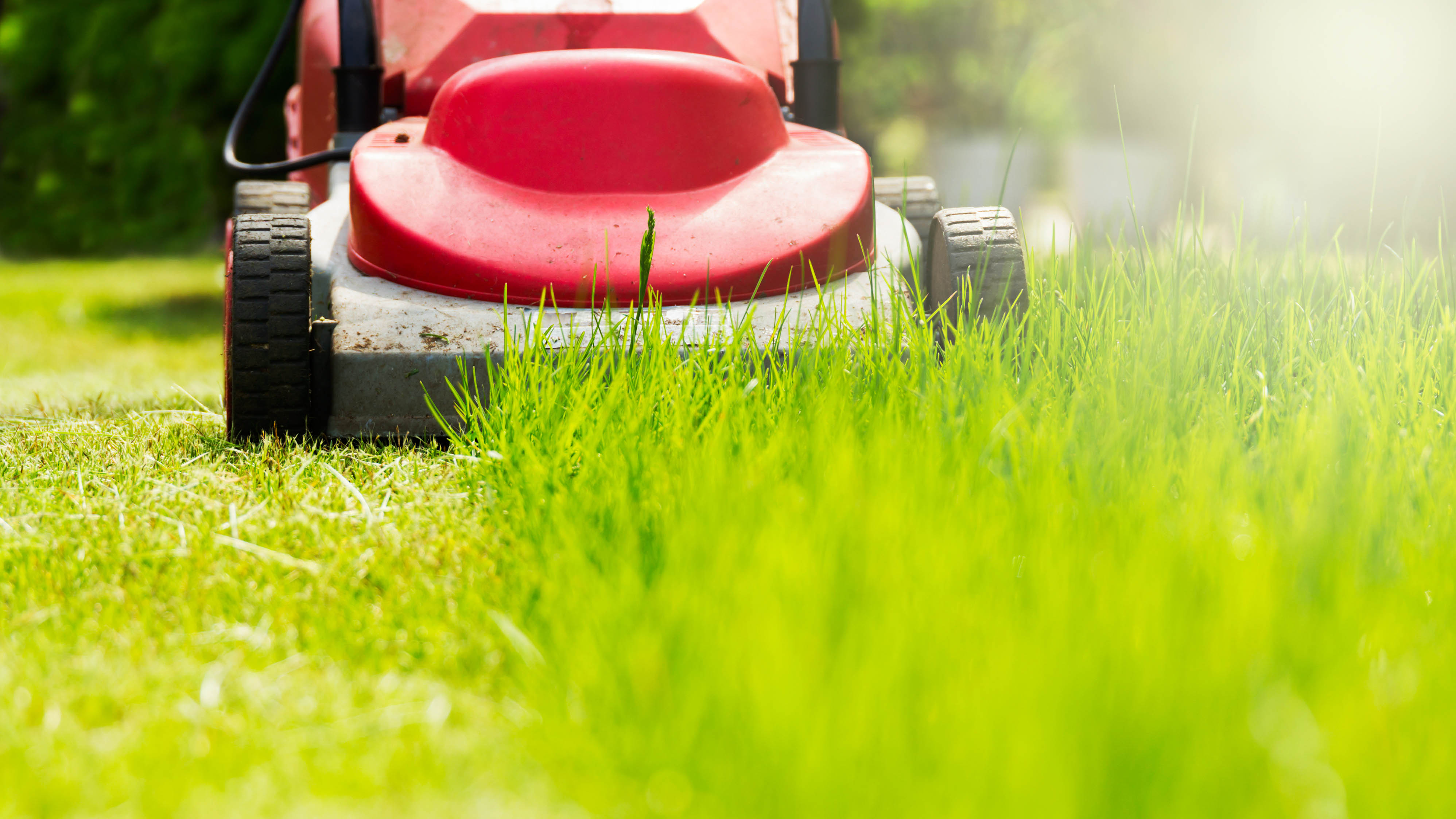
Ideally, experts recommend that you should leave grass as long as 3 or 3.5 inches for the first mow of the year. Then, as the season goes on, you can begin cutting your lawn shorter, depending on the type of grass you have, such as a cooler climate turf.
If you want further tips on how to maintain your lawn, according to your grass type, check out these 7 of the best grass types to grow — and which to get. Just be sure to avoid these mistakes you’re making when planting grass seed.
What are the best tools for preparing my lawn for spring?
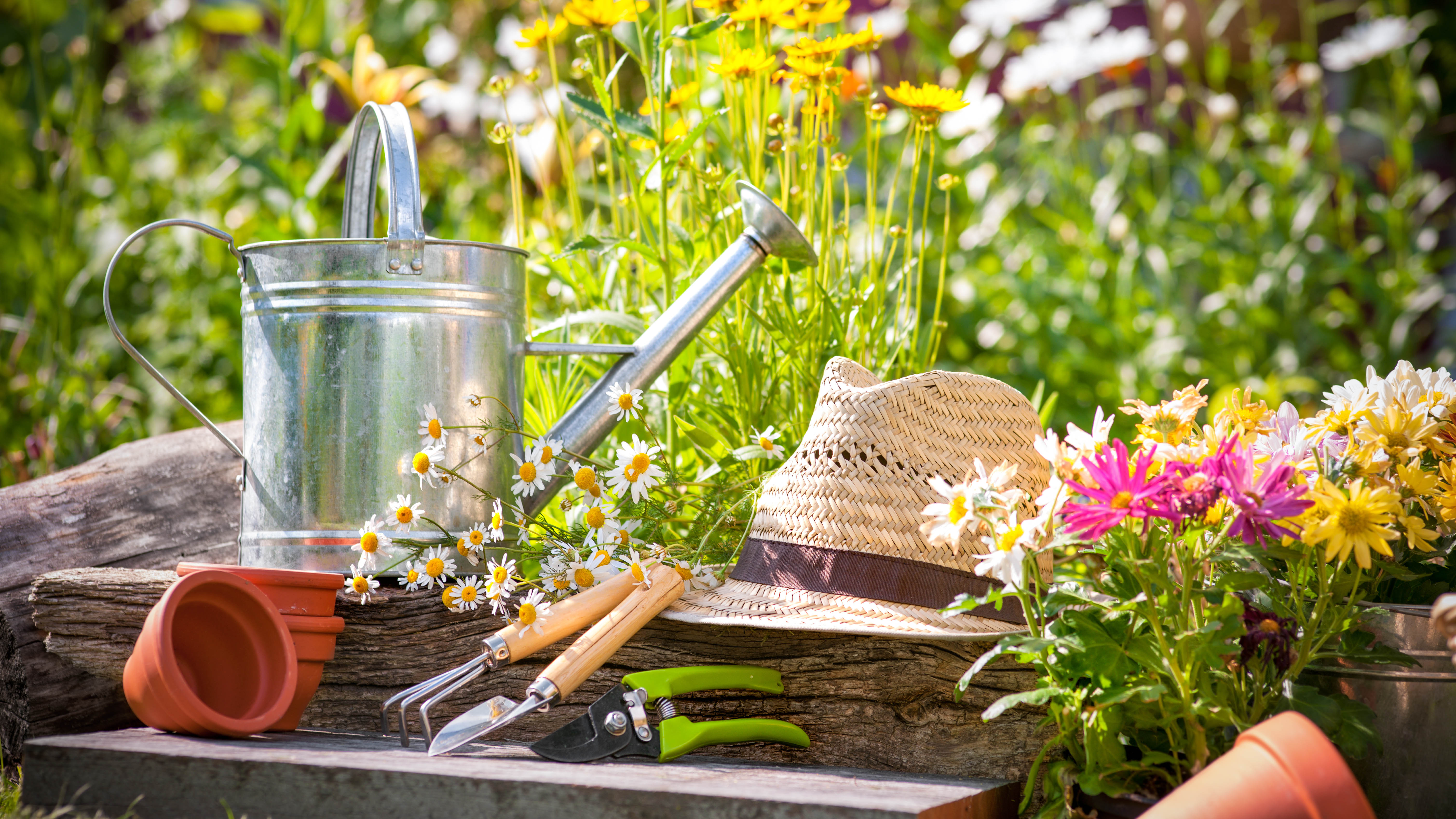
If you want to prepare your lawn for spring, and maintain a well-kept backyard, you’ll need some of the best gardening tools. Not only will this make the process easier, but will get the job done well. The obvious essential is a lawn mower followed by a lawn roller and cultivator.
“Having the right gadgets is essential and will make the process much easier, and these are the three must-have garden machinery tools for the season ahead,” advises MacIntyre.
“If the temperature is mild (above 54 degrees Fahrenheit), now is the ideal time to run the lawn mower over the lawn on a high-cut setting. This will help clear all the leaves, twigs, and debris from the last few winter storms and prepare your lawn ready for the first proper cut.”
In addition, a lawn roller is traditionally used during early spring for lawn maintenance. This is also known as sod roller, grass roller, or yard roller, and are essentially heavy cylinders used to push and roll over the soil to help level it out. Plus, frost can cause soil to heave and become uneven.
Lawn rollers like this Agri-Fab Inc 45-0606 Poly Lawn Roller ($199, Amazon), are also used to encourage new growth, and particularly ideal for newly seeded lawns after planting grass seed.
“It is recommended that you roll your lawn early in the spring when there is still a lot of water in it. If you wait until the lawn is too dry, you can compact the lawn by squishing the air pockets out of the lawn. This can damage the roots of the grass.”
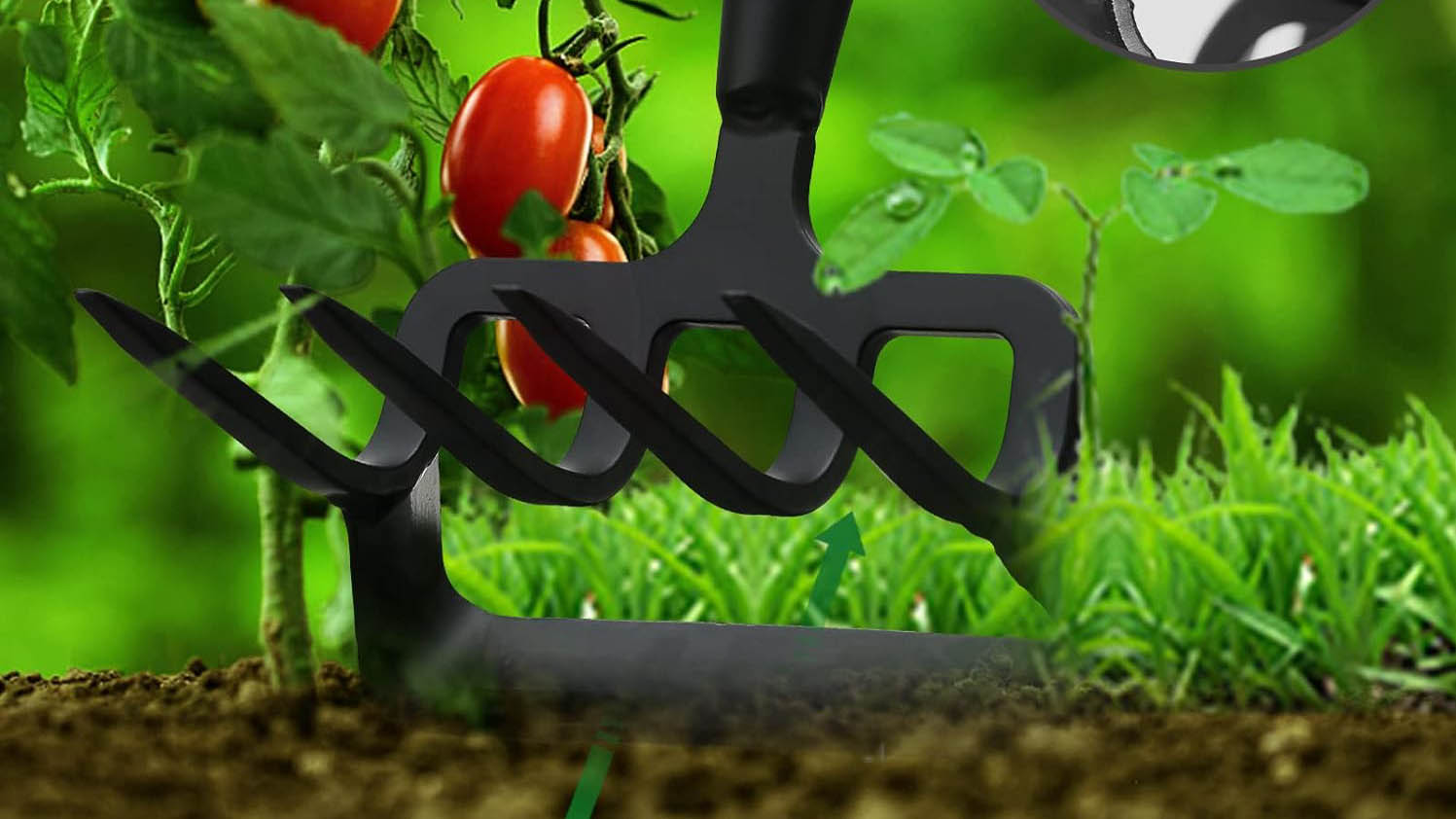
Another essential tool is a cultivator, which will help to break up hardened/compacted soil and remove weeds. This is ideal when preparing vegetable beds and ensuring your soil is in the best condition. Hand cultivators usually consist of a long, adjustable handle, and a sharp stirrup steel blade at the end for digging under soil and scooping up weeds. There are also rotary cultivators with detachable tines, or depending on the size of the job, you could find electric ones like this Sun Joe TJ604E 16-Inch 13.5 AMP Electric Garden Tiller ($169, Amazon).
“As the winter begins to recede, it is time to prepare vegetable beds and allotments ready for sowing. You can use a cultivator to remove the larger remaining clumps and turn the soil into a fine tilth. This will make the soil ready for levelling, raking, and planting.”
You can find basic cultivators in gardening centres or online like this, Garden Weasel Rotary Cultivator with Detachable Tines ($34, Amazon), that will get those essential spring tasks done.
Plus, some of these 7 gardening tools you didn’t know you needed will come in handy!







